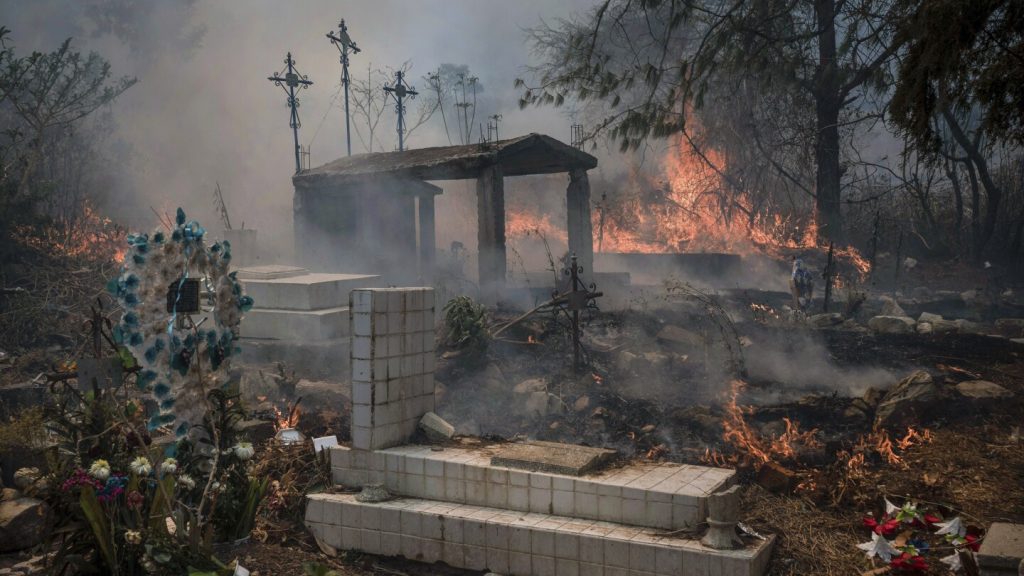In the week of March 22-28, 2024, various natural disasters and violent events took place across Latin America and the Caribbean. Wildfires in Mexico destroyed a cemetery in the High Mountains of Veracruz state, while heavy rains in Brazil caused flooding in homes in Duque de Caxias. In Haiti, violent gangs set fire to cars amid ongoing attacks that began in late February, resulting in multiple casualties and leaving thousands homeless. Despite these challenges, Roman Catholics in the region began observing Holy Week, with various religious processions and ceremonies taking place.
The Associated Press has compiled a selection of the most compelling images captured by their photographers in Latin America and the Caribbean during this period. Senior Photo Editor for the region, Leslie Mazoch in Mexico City, curated the gallery. The photos showcase a range of events, including a gaucho or South American cowboy bathing a horse during the traditional Criolla Week rodeo festival in Montevideo, Uruguay. The rodeo has been a Holy Week tradition since 1925, highlighting the cultural significance of such events in the region.
A particularly notable photo features Brazilian first lady Rosangela da Silva taking a selfie with France’s President Emmanuel Macron and her husband, Brazilian President Luiz Inacio Lula da Silva, during the launch ceremony of the Tonelero submarine in Rio de Janeiro state, Brazil. The image captures a moment of international cooperation and partnership in the field of technology and defense. Other photos depict religious processions and rituals during Holy Week, such as pilgrims participating in a procession in honor of the Virgin of Punta Corral in Argentina, and a penitent walking on her knees in a Holy Week procession in Caracas, Venezuela.
The impact of natural disasters is also evident in the gallery, with images showing the aftermath of heavy rains in Duque de Caxias, Brazil, where a resident is seen opening his flooded home. Additionally, the violence and unrest in Haiti are captured in a photo of people salvaging pieces from burned cars at a mechanic shop that was set on fire during attacks by armed gangs in Port-au-Prince. Such events highlight the complex challenges faced by communities in the region, from environmental disasters to social and political turmoil.
Music and cultural events also feature in the photo gallery, with images of Canadian band Arcade Fire performing at the Estereo Picnic music festival in Bogota, Colombia. The photos capture moments of joy and celebration amidst the backdrop of various challenges and hardships faced by the region. Overall, the gallery provides a glimpse into the diverse and vibrant communities of Latin America and the Caribbean, showcasing both moments of resilience and moments of beauty in the face of adversity.
















